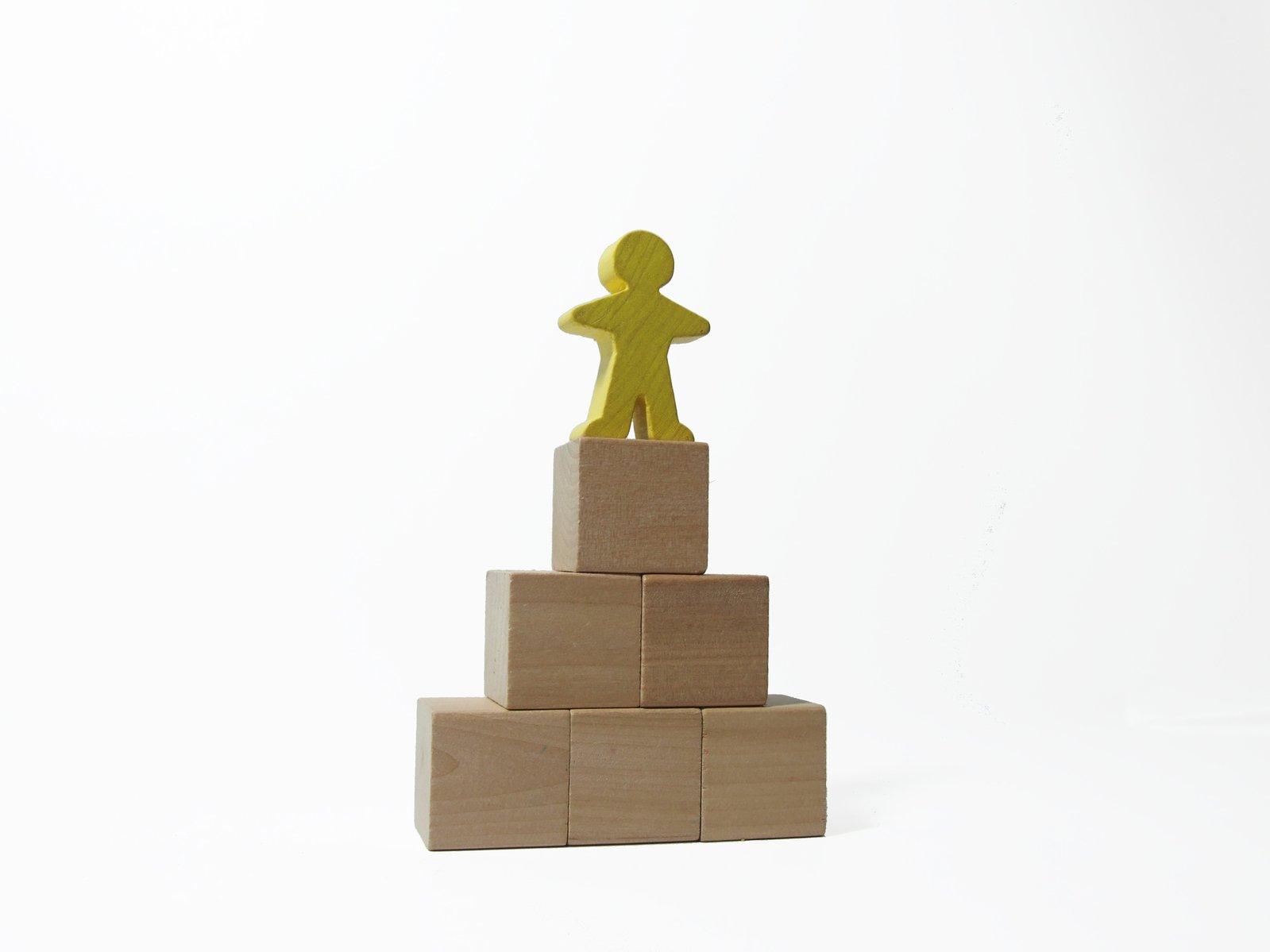Basically, this means that for the next few years, until the REIT can diversify its tenant base and become more self-sufficient in its growth funding, IIPR will remain a high-risk stock. Thus, even if you are comfortable with its risk profile, you should limit your position size so as to be able to sleep at night in case of a worst case scenario. Personally, I cap high-risk stocks at 2.5% of my portfolio (though in reality, my 2 high-risk stocks are about half that).
Bottom Line: Cannabis Is Highly Speculative, But Innovative Industrial Properties Is The Lowest Risk Way To Profit From An Industry That’s Growing Like A Weed
Let me be very clear that as long as cannabis is illegal at the federal level all cannabis stocks will be high risk. That includes Innovative Industrial Properties. However, fundamentally IIPR’s business model, built on long-term (and super profitable) leases with very high annual rental escalators, is hands down the least risky way to cash on in the huge growth potential in this young, speculative but fast-growing market.
As long as the current hands-off Federal government approach to legalized cannabis remains in effect, and its stock price high, this will likely be the fastest growing fastest growing companies in America. That means that investors in this small cap, niche REIT might enjoy sensational dividend growth and mouth-watering capital gains. If analysts growth expectations prove even 50% correct than IIPR could realistically increase your investment about 10 fold over the coming decade making it a great high-risk/high reward investment opportunity. In fact, I plan to buy IIPR during the next market downturn, because I believe its dividend growth and total return potential is worthy of a 2.5% stake in my portfolio.
About the Author: Adam Galas

Adam has spent years as a writer for The Motley Fool, Simply Safe Dividends, Seeking Alpha, and Dividend Sensei. His goal is to help people learn how to harness the power of dividend growth investing. Learn more about Adam’s background, along with links to his most recent articles. More...
9 "Must Own" Growth Stocks For 2019
Get Free Updates
Join thousands of investors who get the latest news, insights and top rated picks from StockNews.com!






